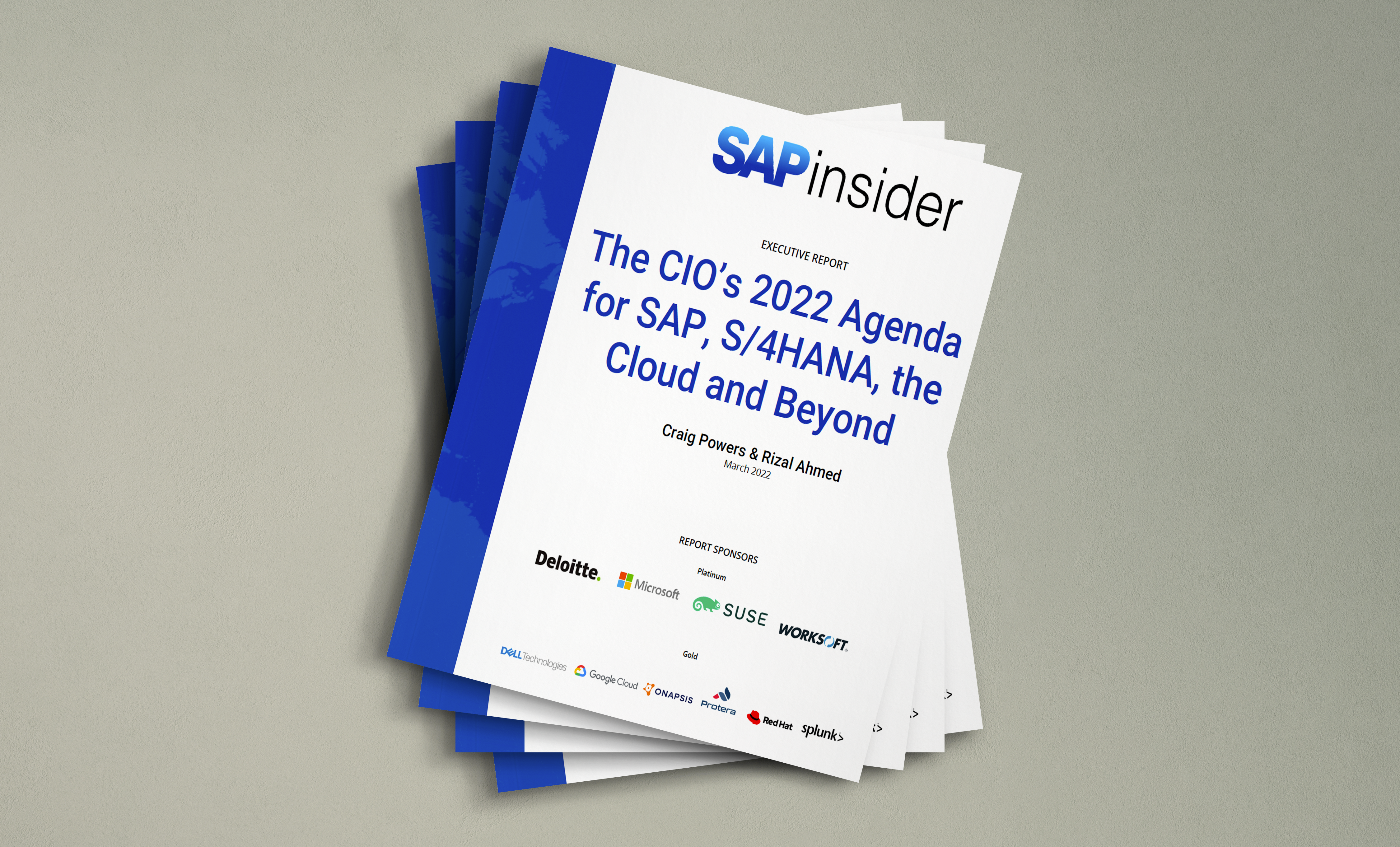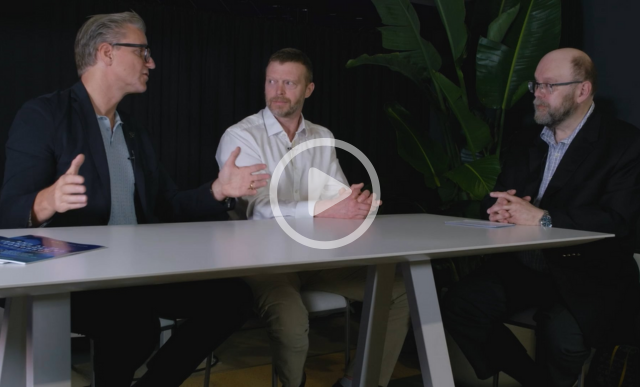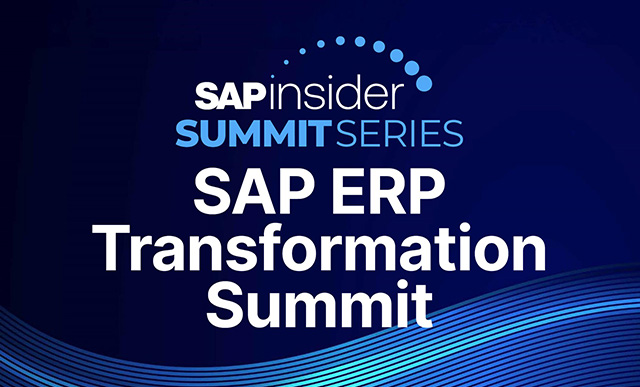How Vattenfall Supercharged its SAP Workflow for a Fossil-Free Future
Meet the Authors
Key Takeaways
⇨ User experience delivers tangible ROI: Vattenfall's transformation from a 30-screen SAP interface to a single mobile screen led to higher user adoption, improved data quality, and increased productivity.
⇨ Low-code platforms accelerate efficiency: Neptune's rapid application development layer atop Vattenfall's SAP core allowed for quick modernization while leveraging existing infrastructure, fulfilling the demand for agile applications.
⇨ Integration is key to scalability: Vattenfall's success in creating a unified process for field workers highlights the importance of integrating workflows on a single platform, simplifying training and standardizing data as the organization grows.
Rapid expansion can be a double-edged sword for a renewable energy company. On the one hand, expansion is a sign of success in making fossil-free living possible within a generation; on the other, it puts immense pressure on the company’s operational backbone. This is especially true if the company has SAP-based project and maintenance processes.
Vattenfall, one of Europe’s leading energy producers, faced a similar challenge. As the company expanded its portfolio of renewable energy sources, which include wind, hydro, solar, and biomass, the number of work orders and field technicians grew exponentially. It resulted in an inefficient workflow that required employees to navigate up to 30 screens in their SAP system to complete a single task. This became a bottleneck that hampered productivity and frustrated the team at Vattenfall.
Going Mobile-First
Vattenfall knew it needed a change. The company needed a unified, mobile-first interface that would empower its employees, whether they were in a corporate office or a rugged, remote offshore wind farm.
Explore related questions
Johan Kronman, Project Manager at Vattenfall, added, “We also sought to design these capabilities using SAP Fiori guidelines for mobile. And because our environment is fairly complex, we wanted to avoid adding any additional infrastructure and make sure we weren’t dependent on any one company or partner.”
Neptune Software and its low-code, rapid application development platform, Neptune DXP-SAP Edition, fit the bill perfectly. Neptune’s team worked on four key elements:
- One harmonized process that meets all field workers’ needs
- Streamline planning and scheduling capabilities for project managers
- Include users in the whole build process
- Opportunity to improve back-end processes
An Immediate Impact
By implementing Neptune DXP, Vattenfall could rapidly develop and deploy a solution that consolidated all its systems into a single, user-friendly interface. The effect was profound.
The 30-screen ordeal was reduced to a single screen. Paper-based processes were eliminated and replaced by a robust mobile application with offline capabilities, a critical feature for technicians working in remote locations with unreliable connectivity.
However, the transformation was more than a technological facelift. Vattenfall made a point to involve its employees during the development process. This ensured that the final product was not only functional but also a joy to use. This resulted in happier, more engaged employees who could focus on their core tasks instead of wrestling with a cumbersome system.
Looking Forward
According to Kronman, Today, Vattenfall’s SAP users are excited to try new things as the Neptune DXP platform has improved the company’s information flow throughout the field, helping better manage its maintenance backlog. “We get more information about our equipment status and new issues, which has all led to faster, shorter lead times for equipment repair and maintenance,” Kronman said. “With more complete data available on conditions and measurement values, our planners and schedulers also have much more control over their scheduling efforts, a big improvement to their workflow.”
Given the success of the SAP rollout with Neptune DXP’s SAP Edition, the company is now considering moving to the system-agnostic Neptune DXP-Open Edition. As Kronman concludes, “Looking forward, we’re considering the possibility of having apps that combine information from different systems beyond our SAP environment, and want to provide the same look and feel of our Neptune apps.”
What This Means for SAPinsiders
User experience delivers tangible ROI. The Vattenfall case proves that a world-class front-end is a must-have. By transforming a 30-screen SAP process into a single, intuitive mobile screen, Vattenfall achieved higher user adoption, better data quality from the field, and a direct boost in productivity. For SAPinsiders, investing in the user interface for core SAP processes is a powerful driver of business value.
Low-code platforms accelerate efficiency. Neptune’s platform acted as a rapid application development layer on top of Vattenfall’s stable SAP core. This de-risks modernization. It enables organizations to leverage their existing, robust SAP investment while utilizing low-code tools to quickly meet the business’s demand for agile, modern applications, particularly in mobile and offline scenarios.
Integration is the key to scalability. Vattenfall’s success stemmed from creating a single, harmonized process for all field workers. For SAPinsiders in a growing enterprise, this is a critical lesson. By unifying workflows onto an integrated platform connected to SAP’s single source of truth, organizations create a scalable and efficient model that simplifies training and standardizes data, thereby compounding gains as the organization expands.






